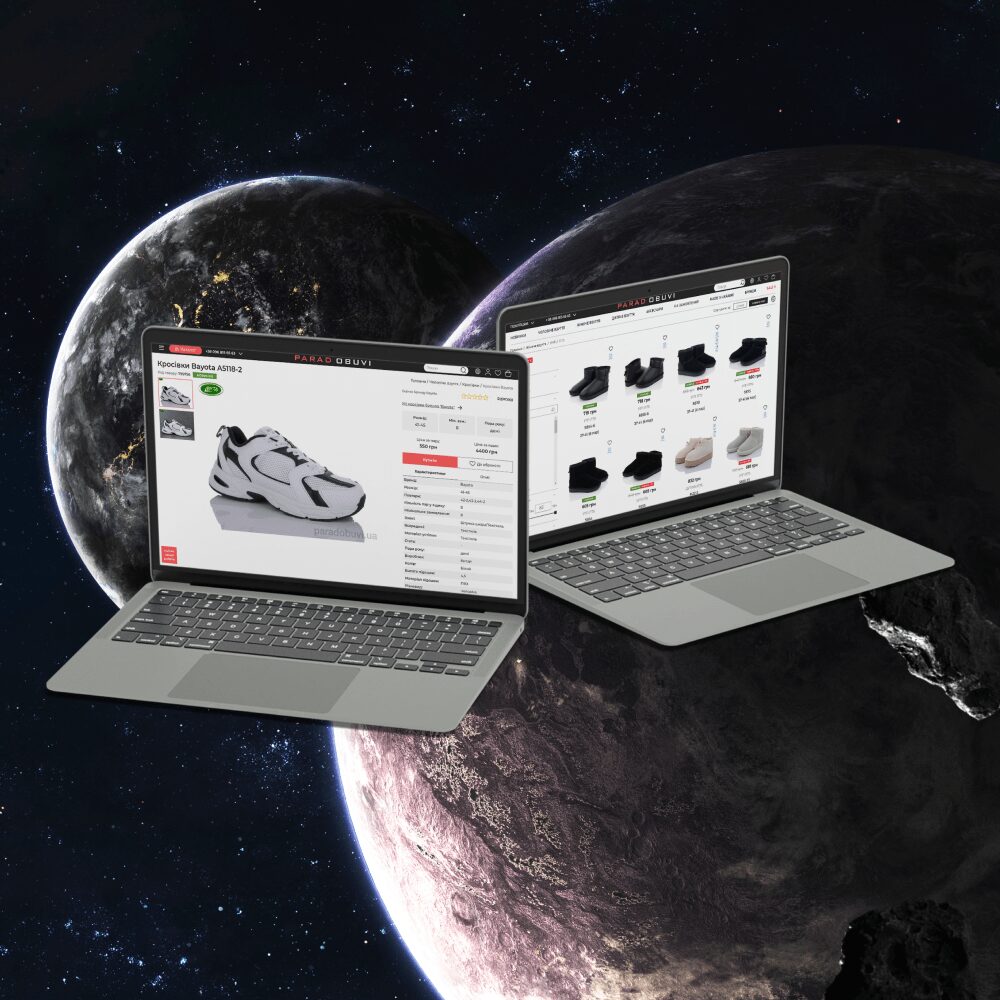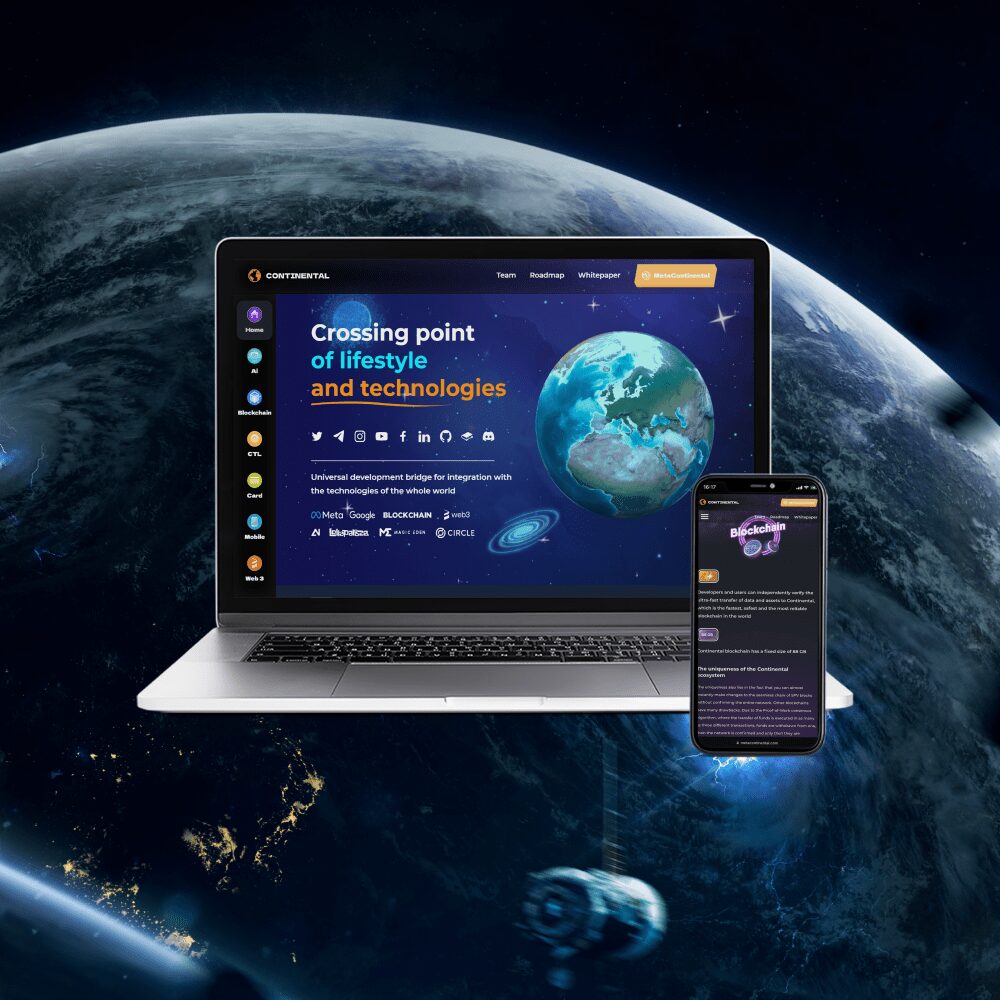Decentralized DEX exchanges: what is it, advantages and how to start it
Decentralized DEX exchanges: what is it, advantages and how to start it
BlockchainDecentralized DEX exchanges: what is it, advantages and how to start it Blockchain
Since the advent of cryptocurrencies, exchanges have served as the main channel of communication between buyers and sellers from around the world and provided liquidity to the crypto market. Initially, this area was dominated by centralized players, but as technology developed, tools for decentralized trading began to appear. One of them is DEX – platforms where users can trade digital assets without intermediaries or with their minimal presence.
Unlike centralized exchanges, DEXs do not store user funds or control transactions. Instead, the security of transactions is provided by special computer scripts – smart contracts, and assets are transferred between wallets directly. Moreover, DEX also lacks a user verification procedure, which ensures the anonymity of all transactions.

Pros and cons of DEX
Pros and consPros and cons of DEX Pros and cons
To form a complete picture of the work of decentralized exchanges, we propose to consider the positive and negative aspects of DEX. Let’s start with the benefits:
- Simple and intuitive interface, without different types of orders and order books.
- Complete anonymity for each user, since there is no registration and verification in DEX exchanges.
- No risk of third party interference, since the funds are not stored on the exchange itself, and transaction control is fully automated by smart contracts.
- Instant addition to the listing of new assets, when the corresponding liquidity pools are created.
Negative features and risks associated with the operation of decentralized exchanges:
- The functionality of DEXs is often quite limited, and they lack many options familiar to traders, such as Limit, transactions with leverage, and others.
- Often, DEXs provide the ability to trade cryptocurrencies only within the same blockchain. From a technical point of view, it is possible to add assets from different networks using cross-chain bridges, which makes the trading process more difficult for users.
- All transactions, including erroneous and even fraudulent ones, are carried out automatically by the blockchain and cannot be canceled.
- DEXs have less liquidity compared to CEXs – centralized exchanges, which is why they cannot guarantee high supply and demand. Because of this, the user may encounter a problem when finding the right pair and overpricing.
- At times of network congestion or when using an on-chain order book, fees in the DEX can exceed centralized exchanges.
How a DEX exchange is developed
Technology and developmentHow a DEX exchange is developed Technology and development
A DEX can be fully or partially decentralized, but full decentralization often does not make sense. This is due to the fact that the functionality hosted on the blockchain, by definition, cannot be changed or removed, which may cause problems with the scalability of the project. Therefore, the graphical user interface and the admin system are most often created in the form of a classic application, and smart contracts responsible for making and controlling payments are published on the blockchain network.
The stack of technologies used to develop DEX depends on the platform on which the project is planned to operate:
- Web application. Works directly in the browser and does not require installation on the device. The frontend can be implemented using static HTML, CSS and JavaScript technologies, or reactive technologies like Vue.js or React.js. The backend part is built on the Python programming language and Django/Flask frameworks, PHP language and Yii2/Laravel frameworks, respectively, or on the Node.js platform.
- Desktop applications. They are installed on the user’s computer or laptop and work as a standalone application, without the need to launch a browser. PHP and Python languages can also be involved in their production, and, accordingly, their frameworks: Yii2/Laravel and Django/Flask.
- Mobile applications. As the name implies, they are installed on the user’s smartphone. The technology stack for their implementation also depends on the operating system: for Android, the native Java and Kotlin languages are used, and for IOS, the Swift language. However, most often priority is given to cross-platform technologies. such as Flutter and the Dart language, which are able to run on both operating systems using the same program code.
- Smart contracts. These are computer protocols hosted in a decentralized network that contain the logic of transactions. For their development, specialized programming languages are used – most often it is Solidity and Java.
DEX Development Stages
Development stagesDEX Development Stages Development stages
When creating a DEX exchange, many factors need to be taken into account: how users will interact with the project, what functionality they need for effective interaction, how smart contracts will work, and much more. To take into account all the nuances, the development process is carried out in several stages. Let’s consider them in more detail.
Stage 1. Analytics and information collection
Before proceeding with the technical implementation of a decentralized exchange, specialists need to find out the customer’s requirements for the project, and what kind of functionality it should have.
To do this, personal meetings or phone calls with the client are held, at which all his wishes and comments are recorded. In addition, specialists carry out marketing analysis of the market, which is necessary in order to determine the model for positioning DEX in the market.
Stage 2. Design and creation of technical documentation
The developers are creating a prototype of the future decentralized exchange, which will become the basis for all subsequent stages of production. In particular, specialists determine the technology stack to be used, describe in detail the features and tasks of the functionality, create mockups of unique pages and a navigation system between them.
Stage 3. UI design development
Thanks to high-quality visual design, the DEX exchange becomes convenient, intuitive and trustworthy for the end user, which is important for projects related to financial transactions. To implement it, professional UI designers are involved in the production process.
The design of the exchange can be created completely from scratch, when all charts, buttons, icons and other elements are drawn by hand. However, in practice, this approach does not always make sense, since it takes a lot of time and makes the implementation of the exchange significantly more expensive. To optimize this process, designers often use ready-made patterns and toolkits that are adapted to the tasks of a particular project.
Stage 4. Development of the software part
Programming a decentralized exchange consists of two parts:
- Frontend. The developers implement the user interface of the DEX exchange, which fully complies with the previously created and approved design layouts. When using static HTML, CSS and JavaScript technologies, the task of the front-end part will be to receive requests from the client and then send them to the server or blockchain for further processing. In turn, the reactive technologies Vue.js and React.js allow you to process part of the data before sending it to the server, which reduces the load on the backend and increases project performance.
- Backend. At this stage, developers program the logic of all functionality, design and create databases, perform all necessary integrations and create smart contracts. The backend of a DEX exchange is often hosted on a server, and the part of it that is responsible for conducting transactions and other financial transactions is transferred to the blockchain network. Thanks to this approach, users get all the benefits of decentralization, and exchange owners get the opportunity to scale and develop their project in the future.

Stage 5. Testing
When the development of a DEX exchange is completed, it is transferred to the QA department, where it goes through several stages of testing:
- modular;
- integration;
- functional;
- systemic;
- acceptance.
In the process of testing a decentralized exchange, special attention is paid to the verification of smart contracts that will ensure the security and processing of all financial transactions. This is because once published on the blockchain, they can no longer be modified or deleted.
Stage 6. Support and development
The deployment of DEX does not mean that the technical work on the project is fully completed. This is due to the fact that after the start of using the exchange in real conditions, users may encounter errors that were not previously detected. In this case, the developers determine the cause of their occurrence and promptly eliminate them.
At the same time, the first time working with DEX often shows what functionality it lacks and what can be improved. Such tasks are solved by releasing additional patches and updates that are installed into an existing project.
It should be noted here that any adjustments can only be made to that part of the exchange that is hosted on the server. That is, if, for example, you need to change a smart contract, it will have to be completely redone, and the old version of the contract will remain in the blockchain network and will not be deleted.
Development of a DEX exchange in AVADA MEDIA
Development of a DEX exchange in AVADA MEDIA
DEX allows you to get rid of intermediaries in peer-to-peer transactions and helps to significantly reduce risks, since trading is carried out directly between two users. This makes decentralized exchanges in demand on the market, and investments in this direction are profitable.
AVADA MEDIA has practical experience in creating and deploying decentralized solutions of varying complexity, including DEX exchanges. To work on such projects, we have already formed teams of experienced specialists, so we can guarantee the speed and quality of work.
Fresh works
We create space projectsFresh works
The best confirmation of our qualifications and professionalism are the stories of the success of our clients and the differences in their business before and after working with us.
Our clients
What they say about usOur clients What they say about us
Successful projects are created only by the team
Our teamSuccessful projects
are created only by the team Our team
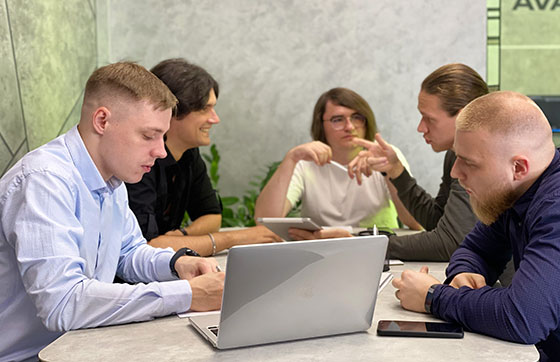

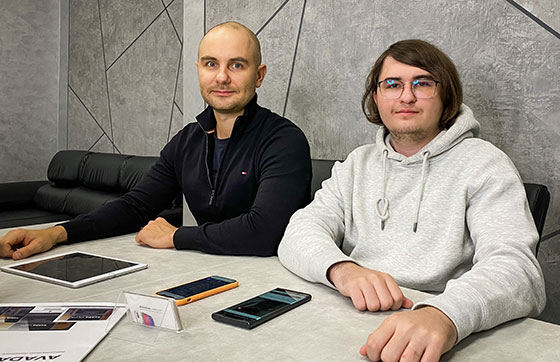

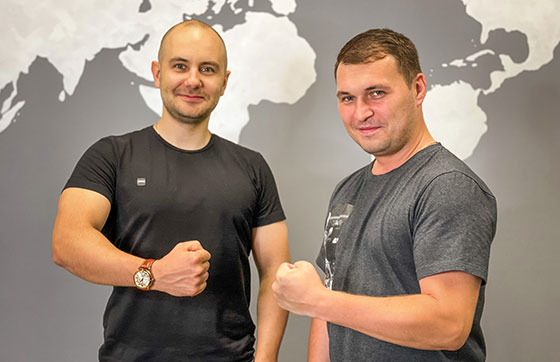
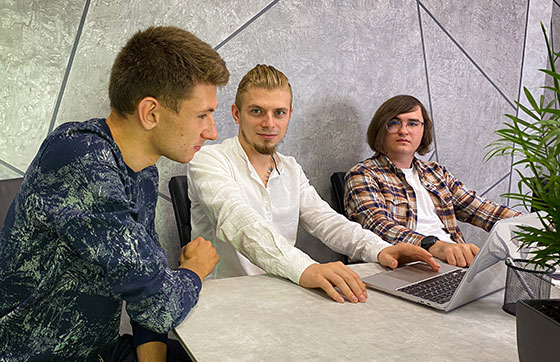
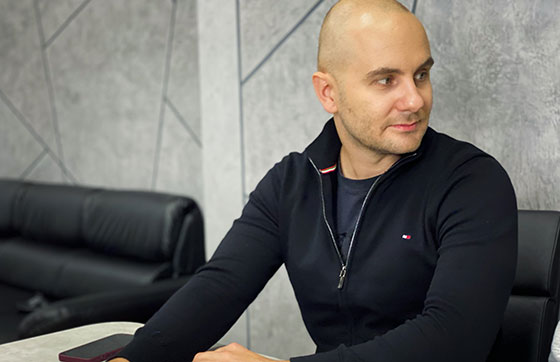





Contact the experts
Have a question?Contact the experts Have a question?
-
Phone:+ 38 (097) 036 29 32
-
E-mail:info@avada-media.com.ua

